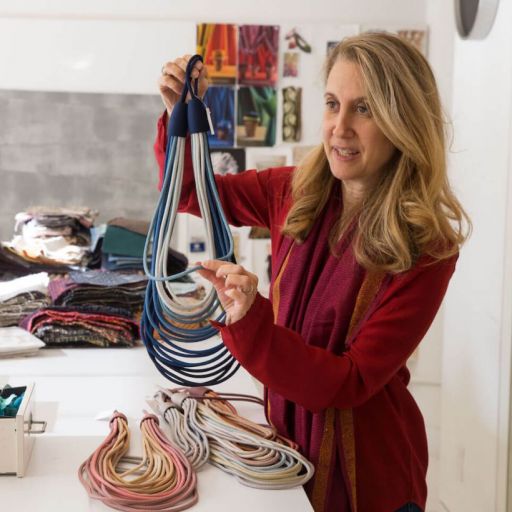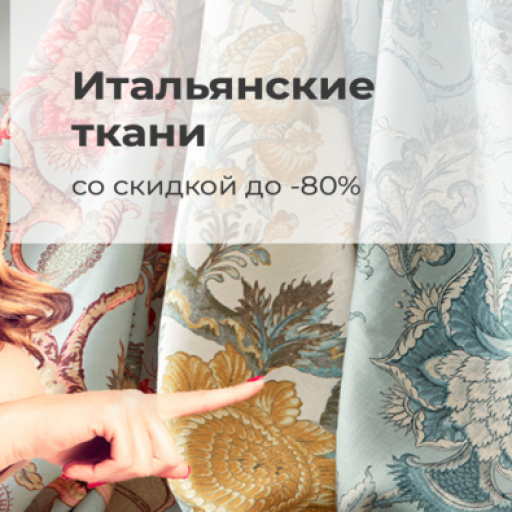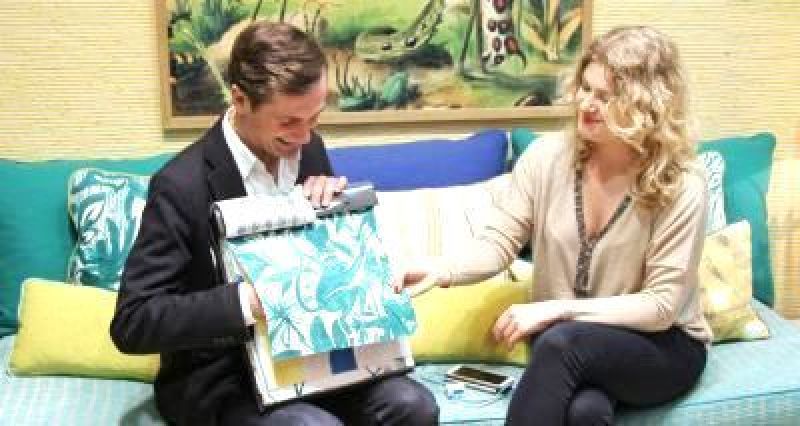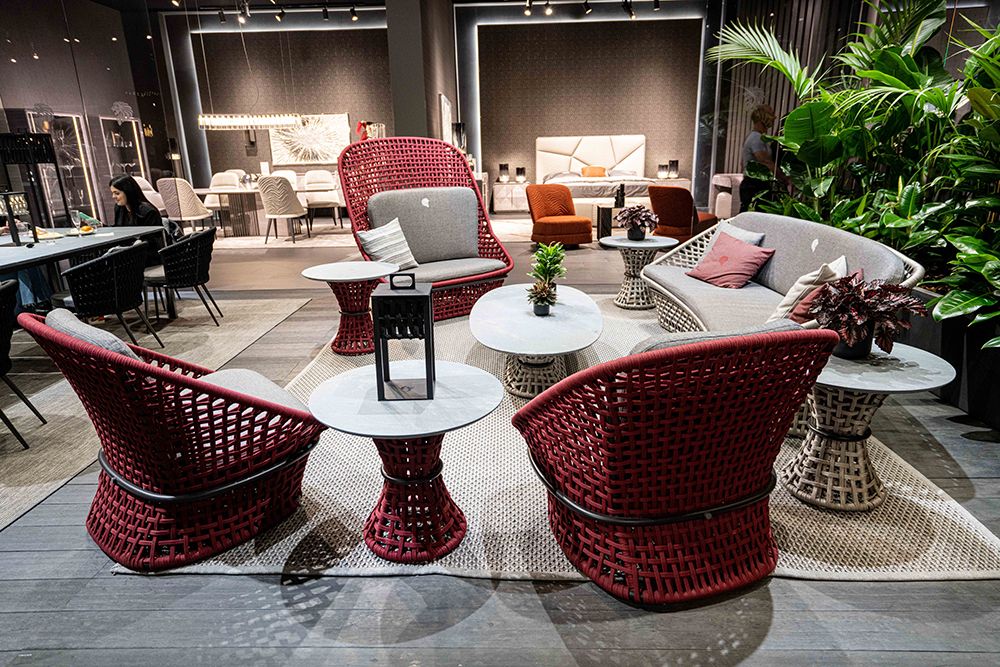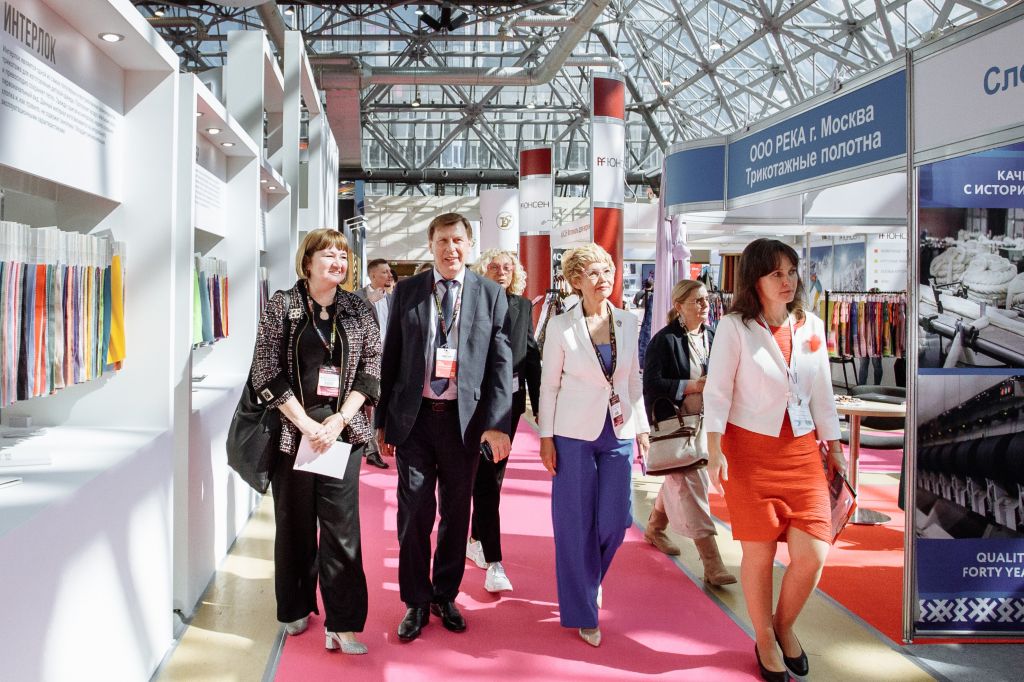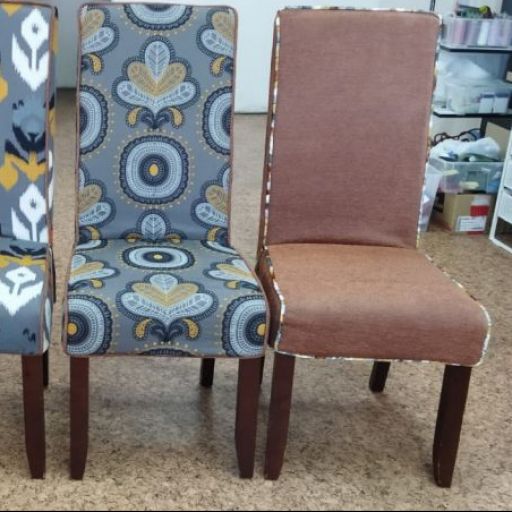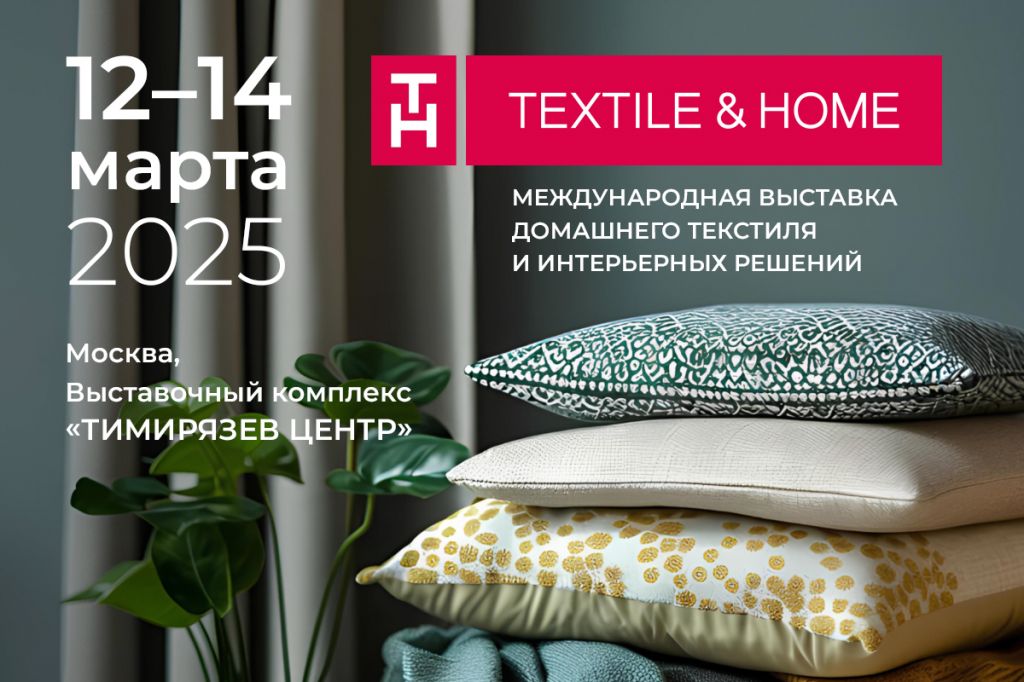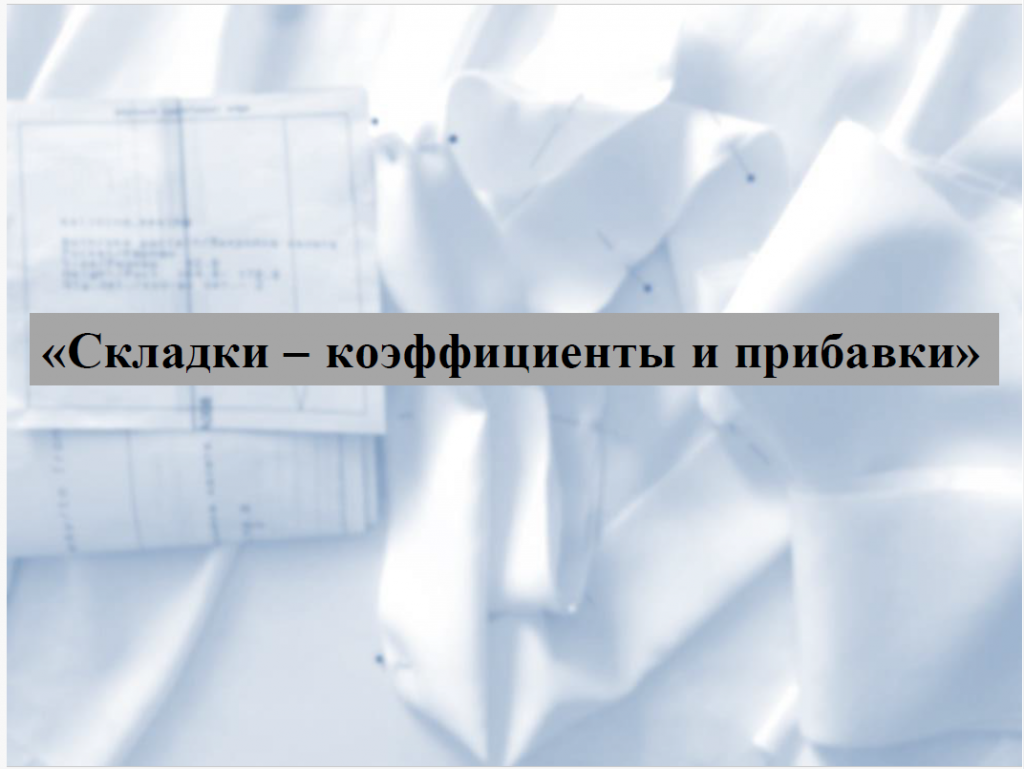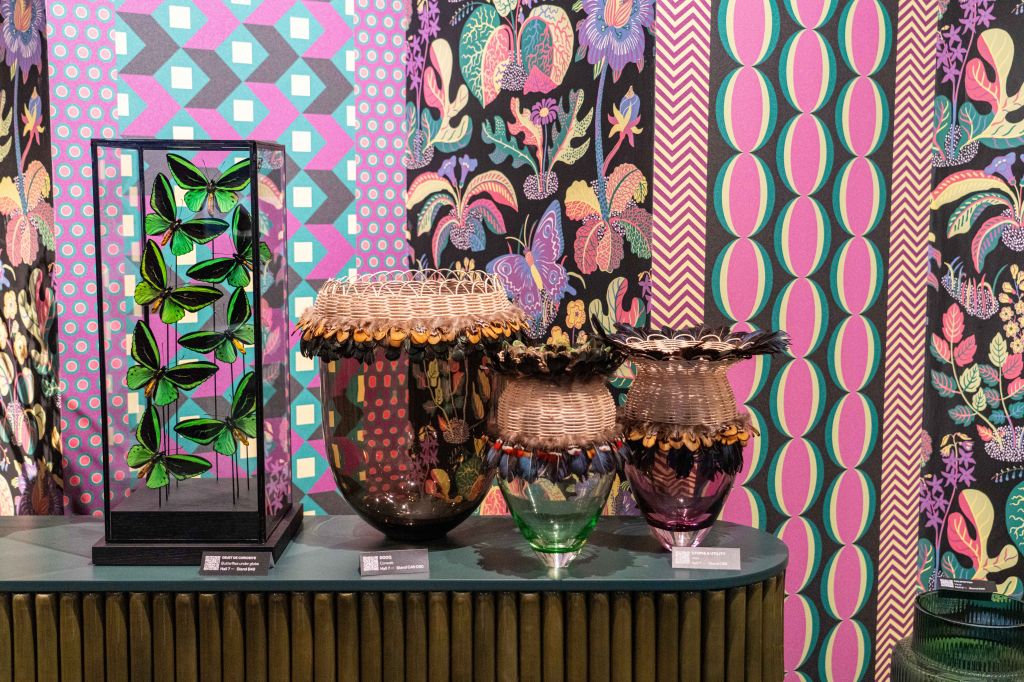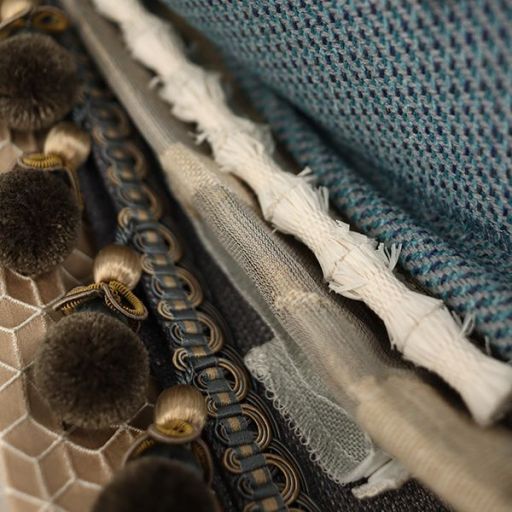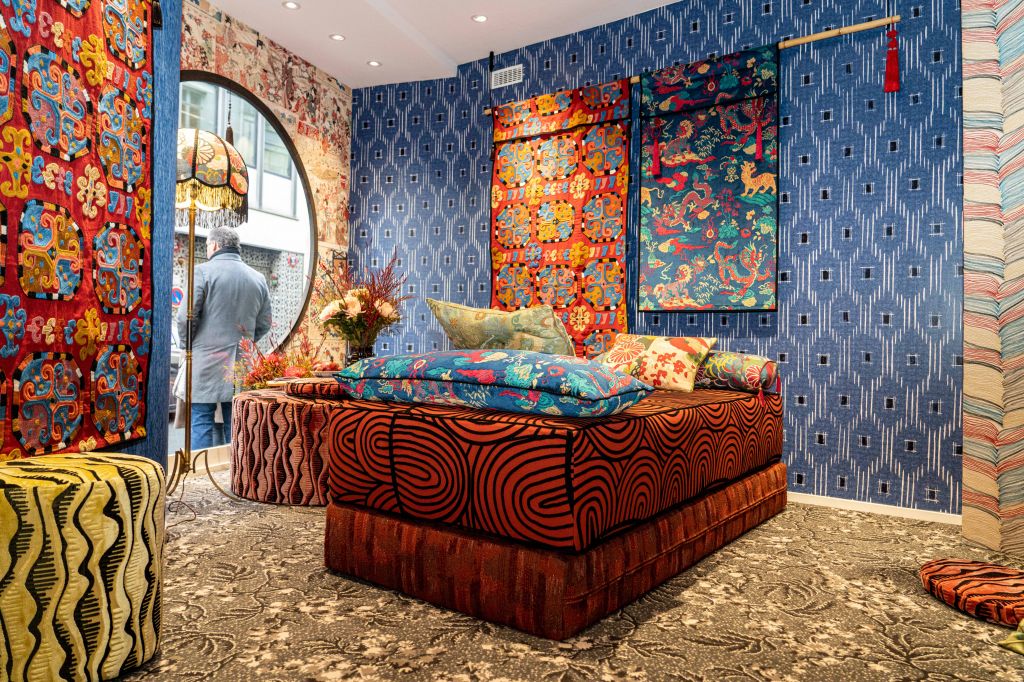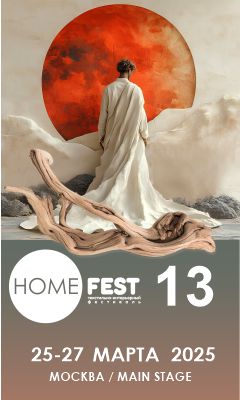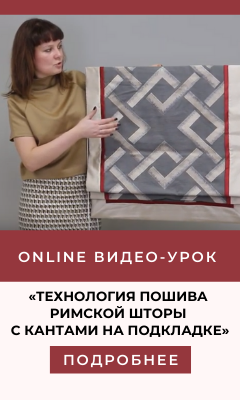OUR CLIENTS HAVE A DIFFERENT IDEA ABOUT LUXURY. Interview with Michael Fischbacher
08.06.2018, Про бизнес
Michael Fischbacher, CHRISTIAN FISCHBACHER’s CEO has presented his company and told about the new collection at Follow Design exhibition in Moscow on May 17, 2018. We took our chance to talk with him about Russian market and new trends in textile.
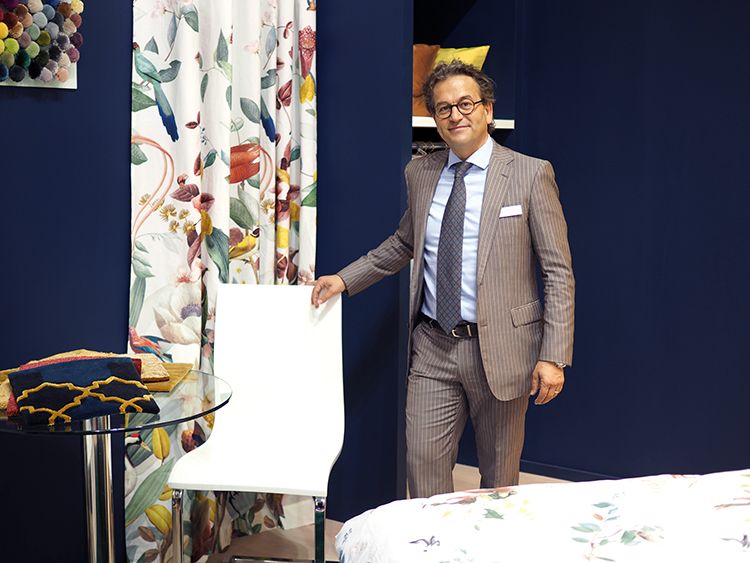
Michael Fischbacher
– Hello, Michael. So nice to meet you in Moscow.
– Nice to meet you too.
– Is it your first visit to Russia?
– No, my first visit to Moscow was in 1997 when we started to supply our fabrics to Russia. But apparently we were already selling our bed linens in the Soviet Union during Gorbachev's time.
– Do you think that Russia is an important strategic market for your business? Was it difficult to start business at that time?
– Yes it was difficult then, but still interesting. Two years ago we've decided that Russian market is a very important target for us and we've hired a person – Olga Sinkevic who takes care of the customers. The development is very positive in spite of all the difficulties.
– Did you increase your sales in Russia during the last two years?
– A lot, yes.
– It is great because most of editors tell the opposite. They say business doesn’t go well in Russia, but I think it's just a wrong marketing strategy.
– Yes, I think Russia still is a very interesting market. At the moment it's more difficult to work here but in a few years, I hope, it will be better. So, we’re working on it and we are growing pretty fast.
– Nice to meet you too.
– Is it your first visit to Russia?
– No, my first visit to Moscow was in 1997 when we started to supply our fabrics to Russia. But apparently we were already selling our bed linens in the Soviet Union during Gorbachev's time.
– Do you think that Russia is an important strategic market for your business? Was it difficult to start business at that time?
– Yes it was difficult then, but still interesting. Two years ago we've decided that Russian market is a very important target for us and we've hired a person – Olga Sinkevic who takes care of the customers. The development is very positive in spite of all the difficulties.
– Did you increase your sales in Russia during the last two years?
– A lot, yes.
– It is great because most of editors tell the opposite. They say business doesn’t go well in Russia, but I think it's just a wrong marketing strategy.
– Yes, I think Russia still is a very interesting market. At the moment it's more difficult to work here but in a few years, I hope, it will be better. So, we’re working on it and we are growing pretty fast.
– As I know, you work with many producers from different countries.
– Bed linens are produced in Switzerland; the fabrics are produced mostly in Italy. Because we don't have a lot of producers in Switzerland anymore.
– As I know, it is quite expensive to produce fabrics in Switzerland.
– Yes, that's why they had to shut down. We still work with few Swiss companies. And Italy is still a fantastic producer market for high-end interior fabrics. Thus, everything is designed in Europe and sold worldwide. We sell in 58 countries and Japan is our biggest market.
– As I read in your review, Japan had a big influence on your style because your family used to live there for a long time.
– Yes, we lived in Tokyo for 5 years. I still go there 4-5 times a year.
– As I know they have quite different tastes and style in textile in Japan.
– Yes.
– Perhaps minimalistic designs are prevailing there.
– There are several markets in Japan just like in Russia. There are very modern customers and very classic customers. We are the company that provides European style, European fabrics in Japan. So our style is not that different there, to be honest.
– Bed linens are produced in Switzerland; the fabrics are produced mostly in Italy. Because we don't have a lot of producers in Switzerland anymore.
– As I know, it is quite expensive to produce fabrics in Switzerland.
– Yes, that's why they had to shut down. We still work with few Swiss companies. And Italy is still a fantastic producer market for high-end interior fabrics. Thus, everything is designed in Europe and sold worldwide. We sell in 58 countries and Japan is our biggest market.
– As I read in your review, Japan had a big influence on your style because your family used to live there for a long time.
– Yes, we lived in Tokyo for 5 years. I still go there 4-5 times a year.
– As I know they have quite different tastes and style in textile in Japan.
– Yes.
– Perhaps minimalistic designs are prevailing there.
– There are several markets in Japan just like in Russia. There are very modern customers and very classic customers. We are the company that provides European style, European fabrics in Japan. So our style is not that different there, to be honest.
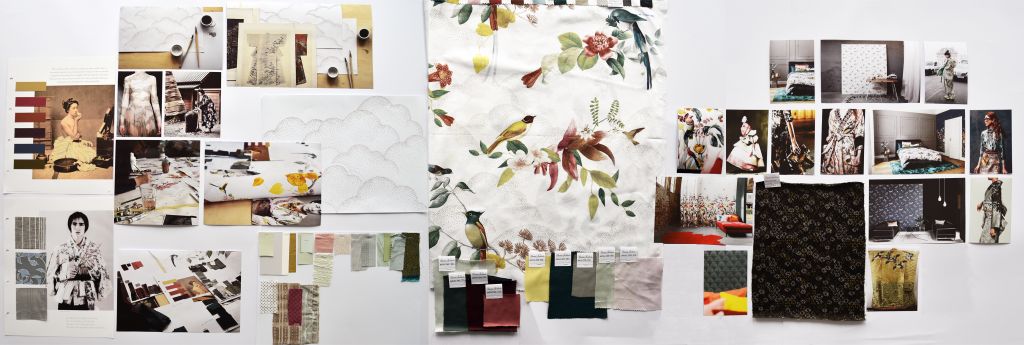
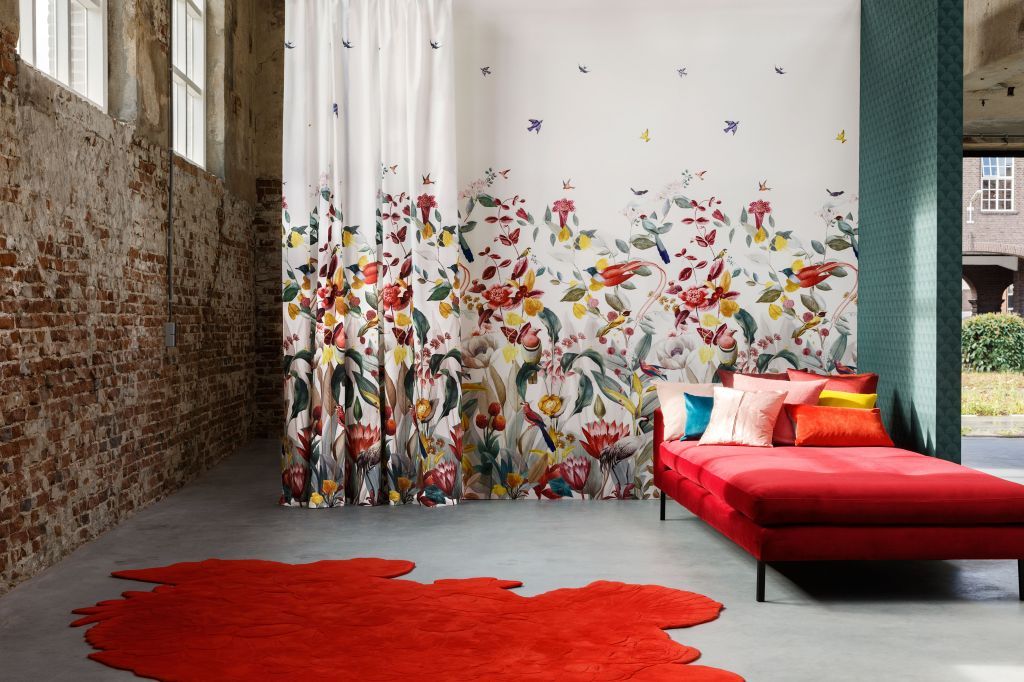
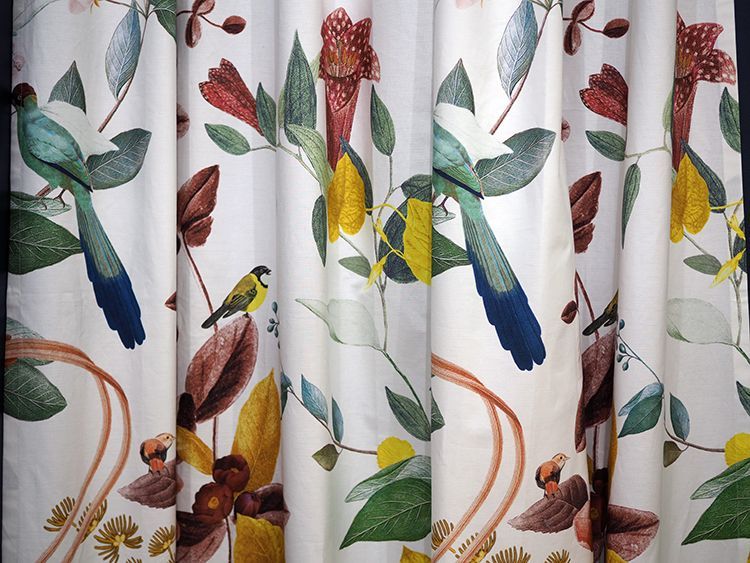
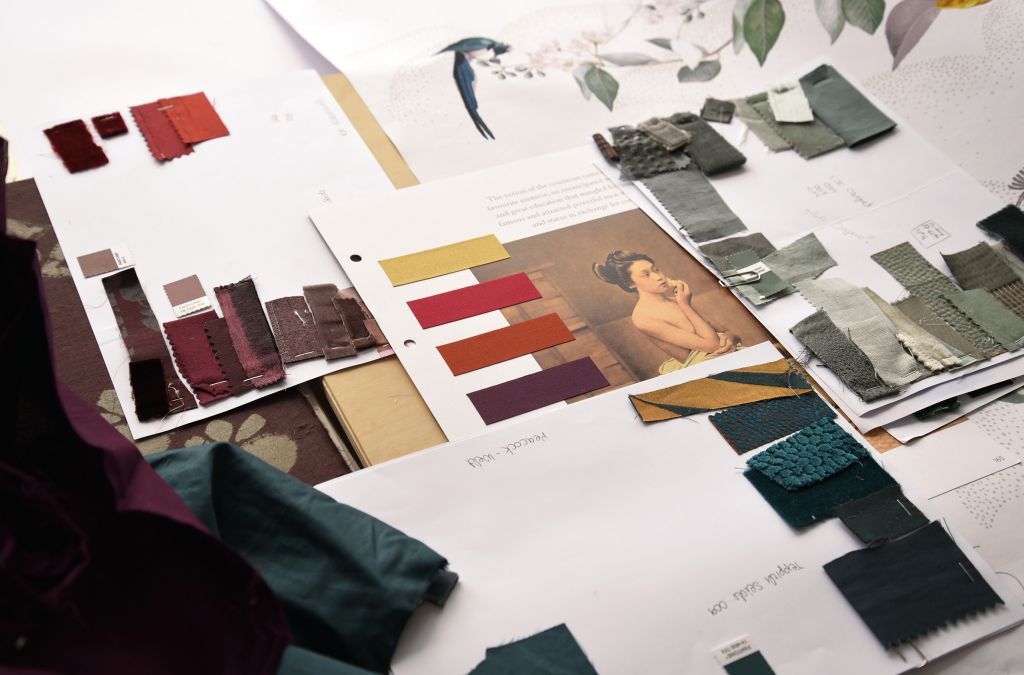
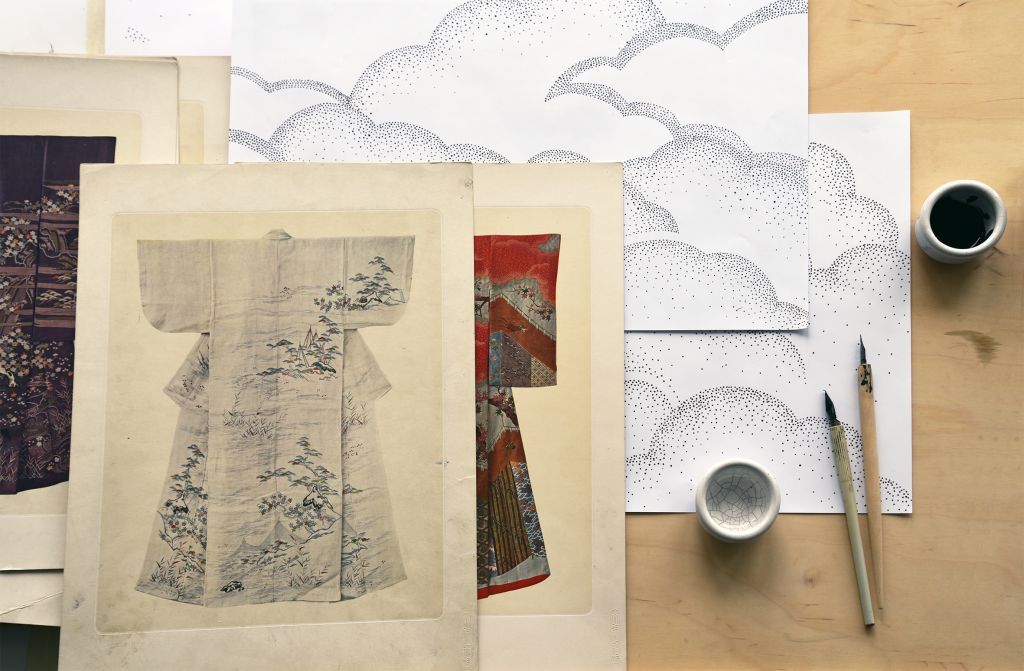
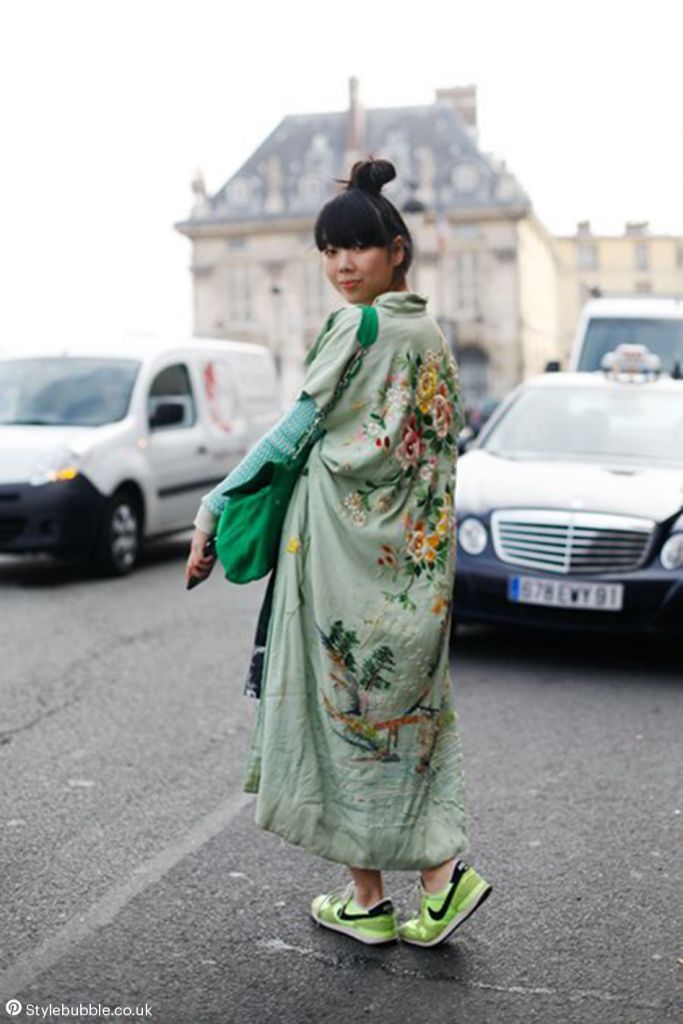
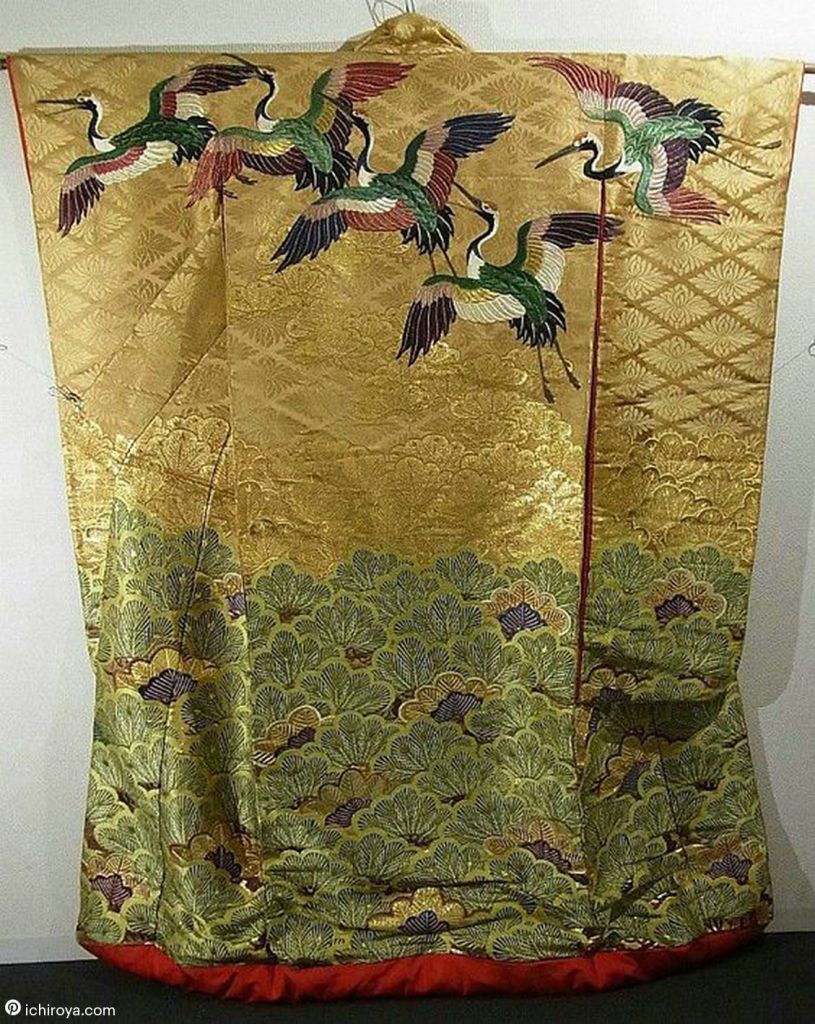
To enlarge click on photo
– So, they appreciate your style?
– Yes. Meanwhile there are requests on a very typical Japanese style and clients can buy it from Japanese companies.
– Do you think that Eastern style is one of the global trends now in interior design?
– Yes, it is. Maybe next year it won’t be anymore, but this year definitely it is.
– Have your visits to Japan influenced your new collection?
– My wife Camila is responsible for the art direction in the company and she travels all over the world. We have three children and the youngest one is always at home. I'm in Moscow now, so she is at home, but Russia is one of the countries she really enjoys going to: all those traditional churches and architecture. She travels to India, Russia, Japan, European countries. Originally Camila is half Iranian, so she has a strong understanding of traditional Eastern art and design.
– And I think she understands ethnic things very well.
– Yes, we have a lot of ethnic at home.
– Yes. Meanwhile there are requests on a very typical Japanese style and clients can buy it from Japanese companies.
– Do you think that Eastern style is one of the global trends now in interior design?
– Yes, it is. Maybe next year it won’t be anymore, but this year definitely it is.
– Have your visits to Japan influenced your new collection?
– My wife Camila is responsible for the art direction in the company and she travels all over the world. We have three children and the youngest one is always at home. I'm in Moscow now, so she is at home, but Russia is one of the countries she really enjoys going to: all those traditional churches and architecture. She travels to India, Russia, Japan, European countries. Originally Camila is half Iranian, so she has a strong understanding of traditional Eastern art and design.
– And I think she understands ethnic things very well.
– Yes, we have a lot of ethnic at home.
– I have a question. For about 2 years we can see the trend of some exotic flowers, birds, toucans, butterflies. And you were one of the first ones who introduced this trend in fabrics. And we can see that you still have some birds and flowers. What do you think about this theme? How long will it be in trend?
– In our bed linen collection birds and flowers are the theme that has been a constant for many years. And it will probably stay popular for many more years.
– In our bed linen collection birds and flowers are the theme that has been a constant for many years. And it will probably stay popular for many more years.
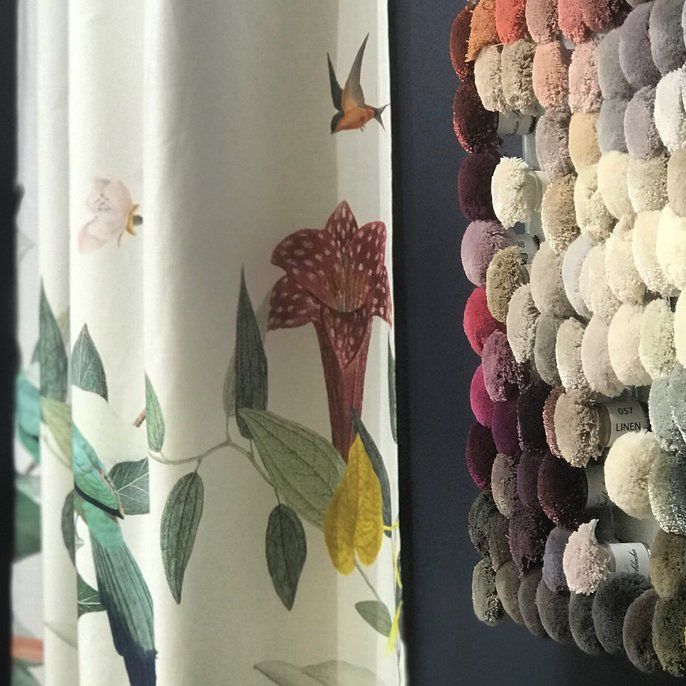
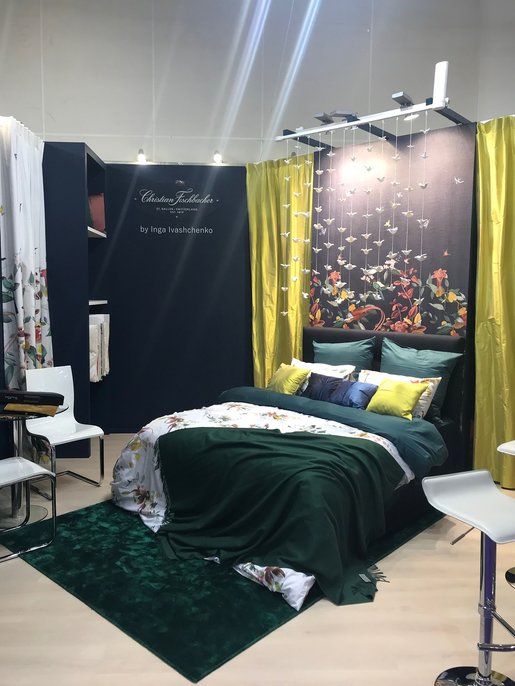
To enlarge click on photo
– And it will be in demand later.
– Yes, bed linens are aimed to consumers, not decotators. In textile business decorators and architects are the main customers, they are more aware of design trends. So, the changes are more frequent.
I think the Jungle theme is there to stay for a few years. We have very talented decorators in Switzerland and Italy. They attend fashion shows and seminars.
– For fashion designers?
– For fashion designers. Because fashion is always ahead of the interior design. In fashion they have to think two years ahead because of the way they work. In interior design we usually think only one year ahead.
– Yes, bed linens are aimed to consumers, not decotators. In textile business decorators and architects are the main customers, they are more aware of design trends. So, the changes are more frequent.
I think the Jungle theme is there to stay for a few years. We have very talented decorators in Switzerland and Italy. They attend fashion shows and seminars.
– For fashion designers?
– For fashion designers. Because fashion is always ahead of the interior design. In fashion they have to think two years ahead because of the way they work. In interior design we usually think only one year ahead.
– What about smart fabrics? I know you pay a lot of attention to new technologies. You also have a range of recycled fabrics.
– Yes. We were actually the first company to come up with the high-end recycled collection. That happened by chance. Camilla was in New York and met a producer of fabrics made out of recycled PET bottles and she thought it was a fantastic idea.
– I remember this fabric, with print. It was nice.
– I know it was nice but it took a long time to produce it. Normally a collection takes about six months to develop. This one took 18 months. Because at first fabrics were awful, then it was a little bit better but still not good enough. Only after one and a half year we finally came up with the first collection.
– The touch was like taffeta and the print was great.
– We showed this design during one of Russian exhibitions as a very innovative and new fashion trend in textile and it impressed our visitors a lot! Everybody wanted to touch it, to see and asked: “Is it really made of plastic bottles?”
– It’s great!
– Yeah, it was interesting.
We continued the development and we were the first to come with FR recycled fabric. Not only recycled from plastic bottles but also FR, which is very interesting for big projects, for architects. Even though they don’t contact us so often and it is more like specific projects that need everything recycled and fire retardant, but are very exciting projects.
We also developed a fabric called Eco FR. This fabric is made out of natural fiber, but it’s naturally fire retardant without special treatments.
We did it before others. We were the first to bring it. Maybe too early, to be honest. I think the new collection will be more interesting in terms of sales.
– Yes. We were actually the first company to come up with the high-end recycled collection. That happened by chance. Camilla was in New York and met a producer of fabrics made out of recycled PET bottles and she thought it was a fantastic idea.
– I remember this fabric, with print. It was nice.
– I know it was nice but it took a long time to produce it. Normally a collection takes about six months to develop. This one took 18 months. Because at first fabrics were awful, then it was a little bit better but still not good enough. Only after one and a half year we finally came up with the first collection.
– The touch was like taffeta and the print was great.
– We showed this design during one of Russian exhibitions as a very innovative and new fashion trend in textile and it impressed our visitors a lot! Everybody wanted to touch it, to see and asked: “Is it really made of plastic bottles?”
– It’s great!
– Yeah, it was interesting.
We continued the development and we were the first to come with FR recycled fabric. Not only recycled from plastic bottles but also FR, which is very interesting for big projects, for architects. Even though they don’t contact us so often and it is more like specific projects that need everything recycled and fire retardant, but are very exciting projects.
We also developed a fabric called Eco FR. This fabric is made out of natural fiber, but it’s naturally fire retardant without special treatments.
We did it before others. We were the first to bring it. Maybe too early, to be honest. I think the new collection will be more interesting in terms of sales.
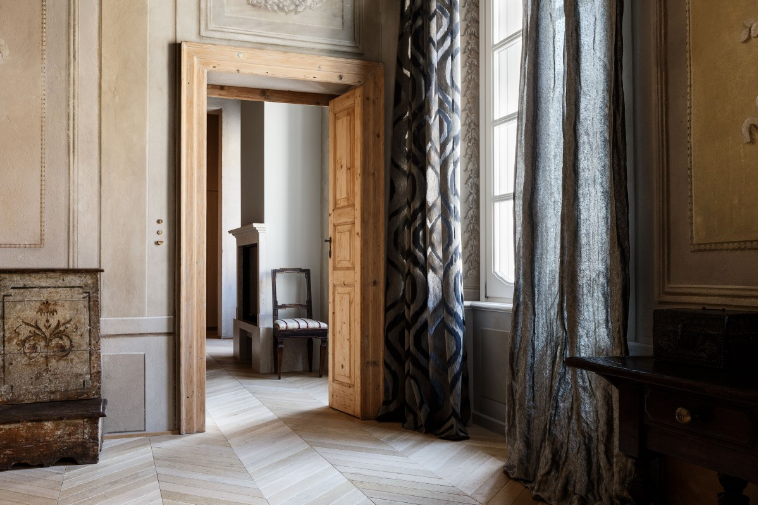
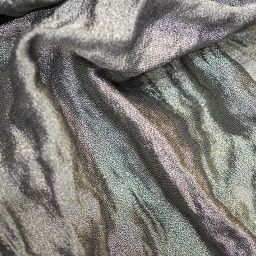
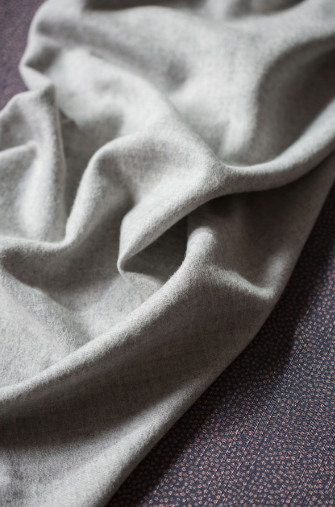
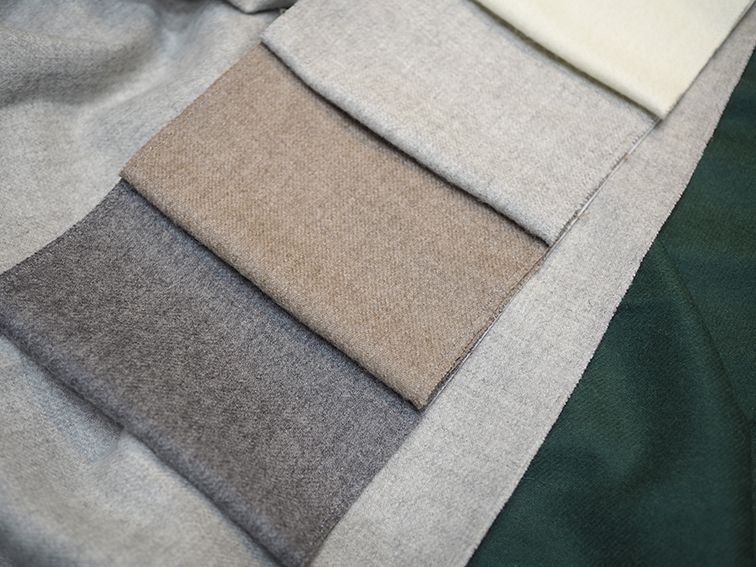
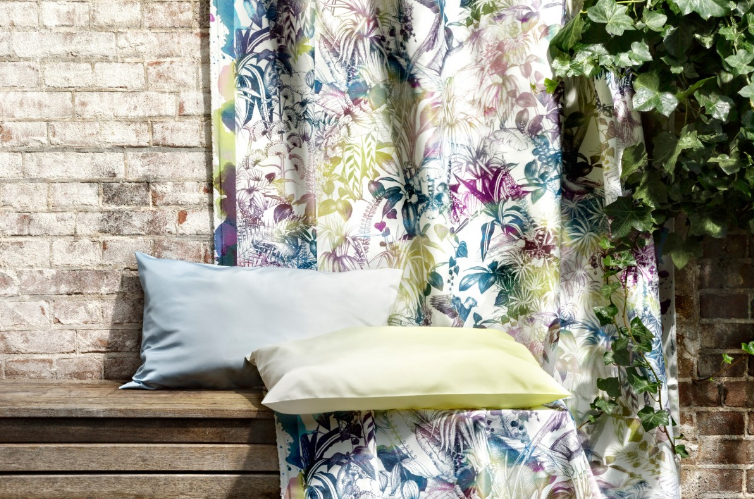
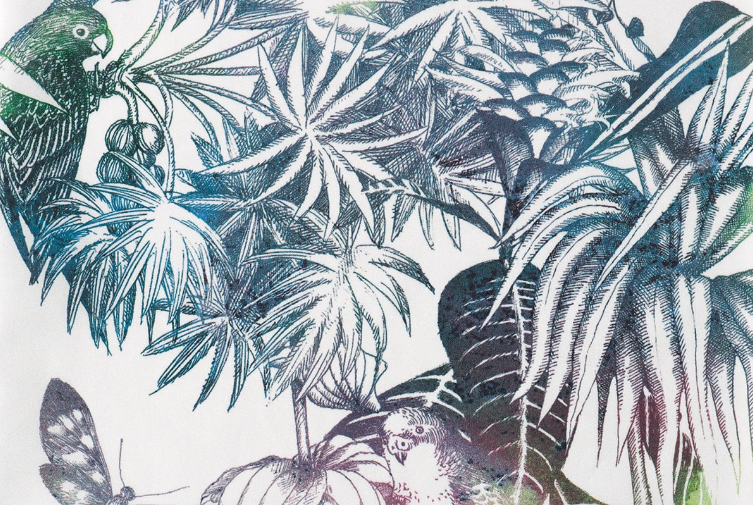
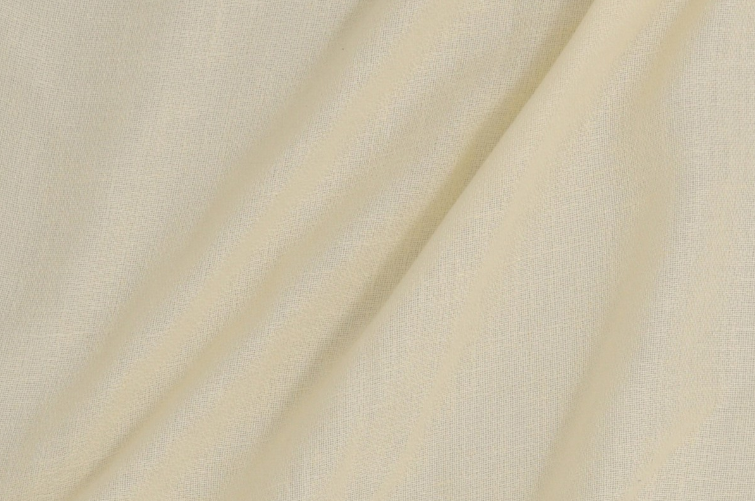
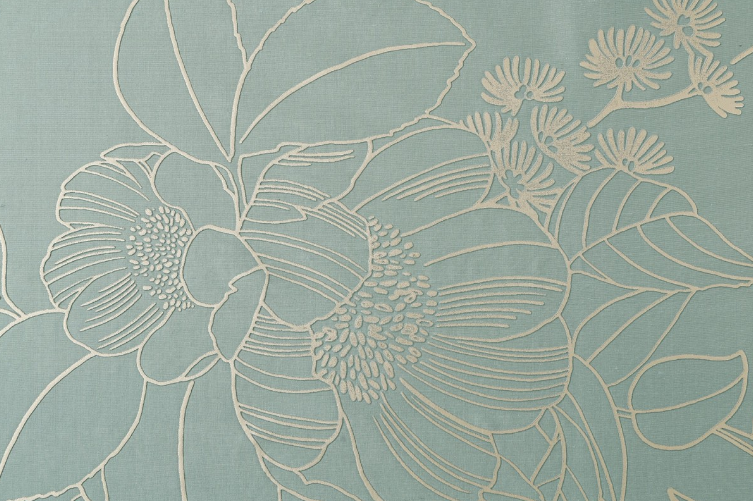
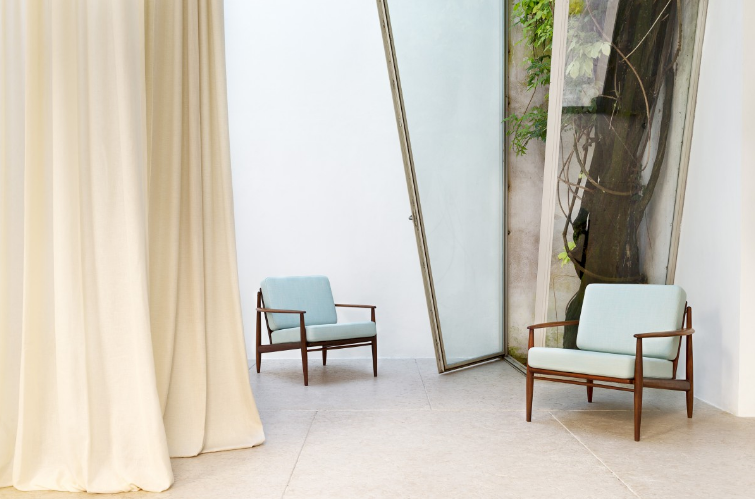
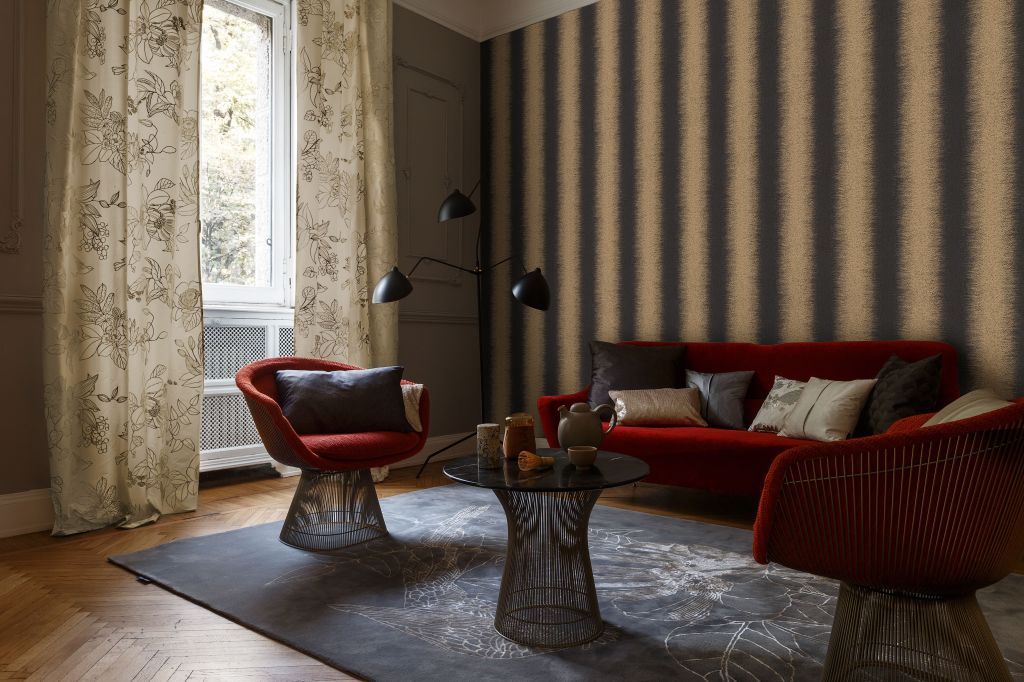
To enlarge click on photo
– Which part of your collection is the best for Russian market? What is sold better or meets the tastes of our market?
– We feel that Russian customers enjoy certain level of luxury and are willing to pay for it even more than Europeans. We feel that. Those fabrics that we love the most are being sold very well particularly in Russia.
But the difference with Western Europe is not as big as it used to be. The countries are much closer now. My impression is that wealthy Russians travel much more all over the world and probably it makes an influence. They go back to Russia and say: “I want it to be similar to what I saw in Paris’.
But Paris is becoming much more modern. Germany is more stylish nowadays, it comes to a higher level.
– We feel that Russian customers enjoy certain level of luxury and are willing to pay for it even more than Europeans. We feel that. Those fabrics that we love the most are being sold very well particularly in Russia.
But the difference with Western Europe is not as big as it used to be. The countries are much closer now. My impression is that wealthy Russians travel much more all over the world and probably it makes an influence. They go back to Russia and say: “I want it to be similar to what I saw in Paris’.
But Paris is becoming much more modern. Germany is more stylish nowadays, it comes to a higher level.
– They go further from traditional classics?
– There are strong companies in Europe which produce fabrics in a special style, I call it Versailles style: lots of gold and red. I think it's beautiful, but it's not what we do. We are not that kind of a company. Our customers also like luxury but their tastes tend to be a little more contemporary and they’re looking for something new and special.
We do what they like – a modern contemporary look.
– Very interesting. Thank you very much for the interview.
– There are strong companies in Europe which produce fabrics in a special style, I call it Versailles style: lots of gold and red. I think it's beautiful, but it's not what we do. We are not that kind of a company. Our customers also like luxury but their tastes tend to be a little more contemporary and they’re looking for something new and special.
We do what they like – a modern contemporary look.
– Very interesting. Thank you very much for the interview.
About CHRISTIAN FISCHBACHER
Christian Fischbacher sets high quality standards to their partners and suppliers, working with some of them over 100 years.

The company is proud about their Swiss roots meanwhile the business expands each year and nowadays Christian Fischbacher’ offices are open in Germany, Japan, France, Netherlands and Italy. That’s why company’s collections feature influence of those cultures.
Innovations and constant development together with traditions and manufacturing secrets which were passed through generations are the key to Christian Fischbacher’ success.
Innovations and constant development together with traditions and manufacturing secrets which were passed through generations are the key to Christian Fischbacher’ success.
Читайте также
Получайте полезные рассылки от WilliZ
Подписываясь на рассылку, вы подтверждаете согласие с «Соглашением на обработку персональных данных».
Вам также может быть интересно
Получайте полезные рассылки от WilliZ
Подписываясь на рассылку, вы подтверждаете согласие с «Соглашением на обработку персональных данных».


 Русский
Русский
 English
English 
